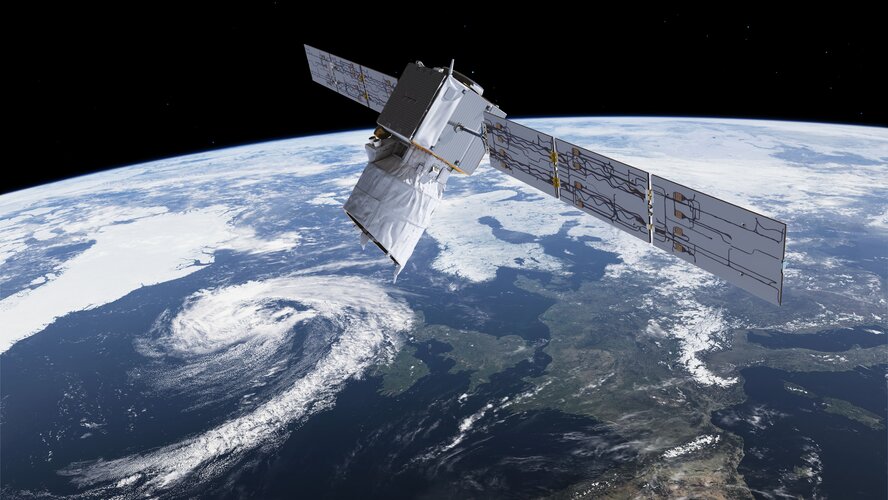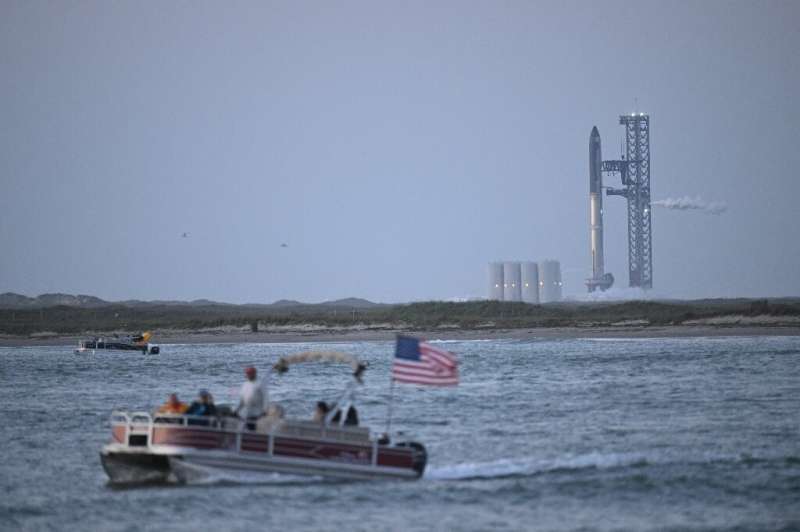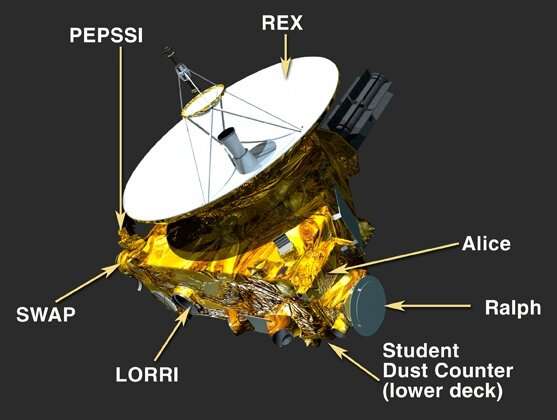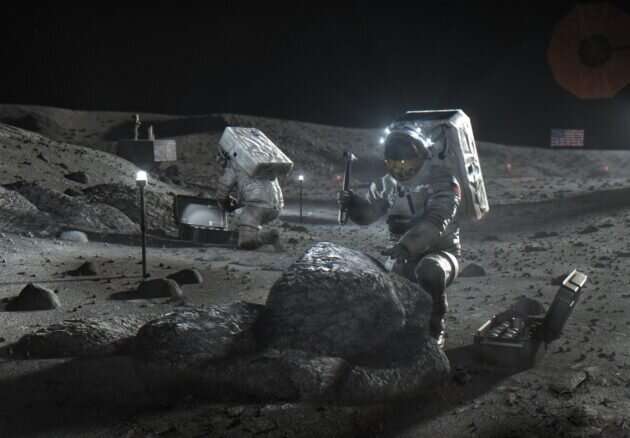
Copernical Team
Orbit Fab closes Series A funding for $28.5 Million
 Orbit Fab, the leading provider of on-orbit refueling services, has completed a successful Series A round of $28.5 million in funding during an up-round that will allow the company to accelerate fuel sales and the deployment of fuel delivery and storage infrastructure in GEO, LEO, and VLEO orbits.
The milestone funding round is led by 8090 Industries, with major investments by Stride Capit
Orbit Fab, the leading provider of on-orbit refueling services, has completed a successful Series A round of $28.5 million in funding during an up-round that will allow the company to accelerate fuel sales and the deployment of fuel delivery and storage infrastructure in GEO, LEO, and VLEO orbits.
The milestone funding round is led by 8090 Industries, with major investments by Stride Capit Virgin Orbit bankruptcy: why the UK's spaceport industry may still have a bright future
 The UK's space sector has shown a remarkable dynamism in the past few years. According to the latest official figures, the sector's revenue grew about 5.1% in 2021, outpacing the global space industry. This is even more impressive considering the UK's economy declined over the same period.
And there is more to it than just the numbers. The new regulatory f
The UK's space sector has shown a remarkable dynamism in the past few years. According to the latest official figures, the sector's revenue grew about 5.1% in 2021, outpacing the global space industry. This is even more impressive considering the UK's economy declined over the same period.
And there is more to it than just the numbers. The new regulatory f Webb images challenge theories of how universe evolved
 The James Webb Space Telescope (JWST) appears to be finding multiple galaxies that grew too massive too soon after the Big Bang, if the standard model of cosmology is to be believed.
In a study published in Nature Astronomy, Mike Boylan-Kolchin, an associate professor of astronomy at The University of Texas at Austin, finds that six of the earliest and most massive galaxy candidates observ
The James Webb Space Telescope (JWST) appears to be finding multiple galaxies that grew too massive too soon after the Big Bang, if the standard model of cosmology is to be believed.
In a study published in Nature Astronomy, Mike Boylan-Kolchin, an associate professor of astronomy at The University of Texas at Austin, finds that six of the earliest and most massive galaxy candidates observ Trailblazing Aeolus mission winding down

On 30 April 2023, all nominal operations of Aeolus, the first mission to observe Earth’s wind profiles on a global scale, will conclude in preparation for a series of end of life activities.
ESA developing Space-Based Solar Power plant plans

ESA has signed contracts for two parallel concept studies for commercial-scale Space-Based Solar Power plants, representing a crucial step in the Agency’s new SOLARIS initiative – maturing the feasibility of gathering solar energy from space for terrestrial clean energy needs.
SpaceX reschedules Starship test flight for Thursday
 SpaceX has rescheduled for Thursday the first test flight of Starship, the most powerful rocket ever built, designed to send astronauts to the Moon, Mars and beyond, after a technical glitch forced a halt to the countdown.
A planned liftoff Monday of the gigantic rocket was called off less than 10 minutes ahead of the scheduled launch because of a pressurization issue in the first-stage boos
SpaceX has rescheduled for Thursday the first test flight of Starship, the most powerful rocket ever built, designed to send astronauts to the Moon, Mars and beyond, after a technical glitch forced a halt to the countdown.
A planned liftoff Monday of the gigantic rocket was called off less than 10 minutes ahead of the scheduled launch because of a pressurization issue in the first-stage boos SpaceX scrubs test flight of Starship, world's biggest rocket

A frozen valve forced a postponement on Monday of the first test flight of SpaceX's Starship, the most powerful rocket ever built, designed to send astronauts to the Moon, Mars and beyond.
Liftoff of the gigantic rocket was called off less than 10 minutes ahead of the scheduled launch because of a pressurization issue in the first-stage booster, SpaceX said.
The private space company continued with the countdown in what it called a "wet dress rehearsal," stopping the clock with 10 seconds to go, just before the massive engines on the booster were to have been ignited.
SpaceX founder Elon Musk said a frozen pressure valve forced a scrub of the launch, which had been planned for 8:20 am Central Time (1320 GMT) from Starbase, the SpaceX spaceport in Boca Chica, Texas.
How to build a robot arm that can flex in the moon's frigid south pole

Extreme cold is merciless on machinery. Fluids thicken to useless goo. Rubber seals stiffen and crack.
The problems pile up as the temperature falls. Metal becomes brittle, and wires contract. Batteries stop working, adhesives stop sticking and LCD screens go black as their liquid crystal freezes solid.
And that's just here on Earth.
When NASA's new lunar rover lands on the moon's south pole next year, it will encounter a whole new kind of cold.
Temperatures there hover around minus 280 degrees Fahrenheit (minus 173 degrees Celsius). In the permanent shadows of polar craters, it can fall to minus 388 F (minus 233 C).
For context, Antarctica's Vostok Station holds the record for the lowest temperature ever recorded on this planet: minus 128.6 F (minus 89.2 C), recorded July 21, 1983. A typical day on the moon is about 150 degrees colder than the coldest it has ever been on Earth.
Previous rovers for the moon and Mars—which is also cold, averaging minus 80 F—have been equipped with built-in heaters that switch on at the start of the lunar or Martian day and take several hours to warm enough for the machines to begin their daily tasks.
NASA plans could threaten the future of New Horizons

The New Horizons mission currently flying through the Kuiper Belt could be facing an unexpected change of plans. NASA's Science Mission Directorate is soliciting input on turning the spacecraft into a heliospheric science probe. The agency wants to do it much sooner than mission planners intended. If that happens, it will stop further planned planetary exploration of objects in that distant regime of the solar system.
The changes NASA proposes come as a surprise since the spacecraft continues to perform Kuiper Belt object observations. And, it has received a very good recent senior science review. That report stated, "This is likely the only spacecraft humans will send through the outer solar system for at least 20–30 years.
The moon may be the best place to transport rocket fuel

When astronauts return to the moon in the next few years, the plan is to have them stay for good while establishing a permanent outpost on Earth's nearest celestial neighbor. Like all space missions, a lunar outpost will require fuel for long-term sustainability, but would it be better to mine fuel on the moon or get fuel resupply from the Earth? This is what a team of researchers led by Bocconi University in Italy hope to address as they addressed the best option in terms of deriving fuel from either the Earth or the moon.
Mattia Pianorsi, who is a junior researcher of the Space Economy Laboratory at the SDA Boccini School of Management and a Ph.D. Candidate at the University of St. Gallen, recently told Universe Today the main objective of the study was to ascertain the economic and technical feasibility of mining fuel from the moon's water ice deposits or from the Earth.
Both options would use an orbiting depot (OD) which Pianorsi says would be used "as a distribution channel for satellites as well as rockets in space.

